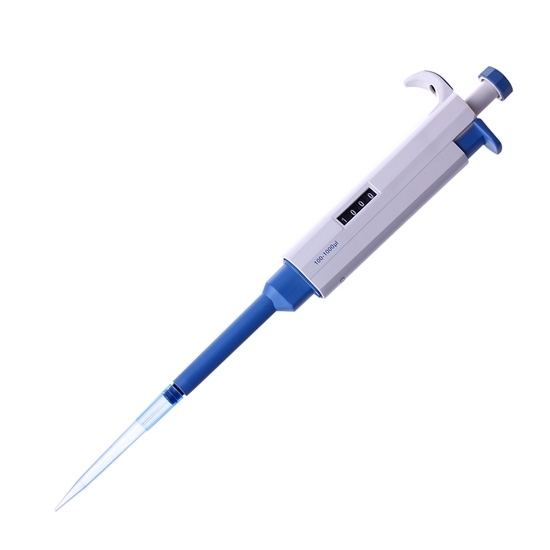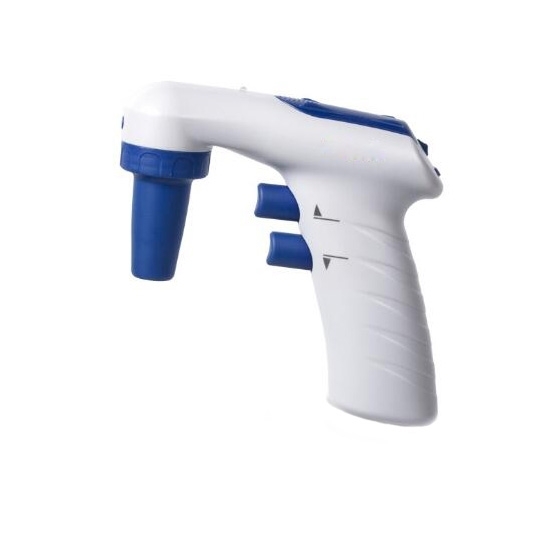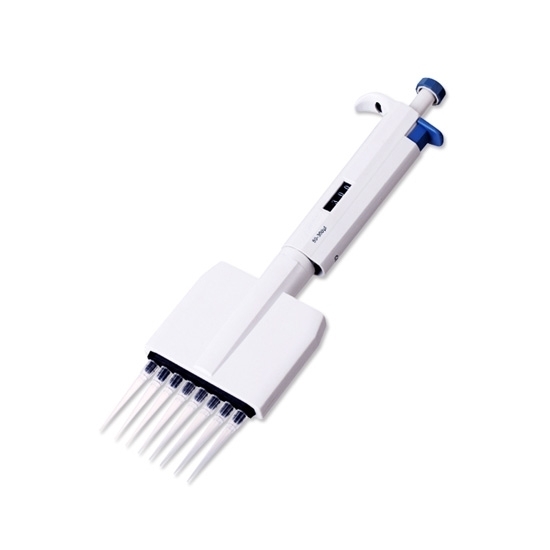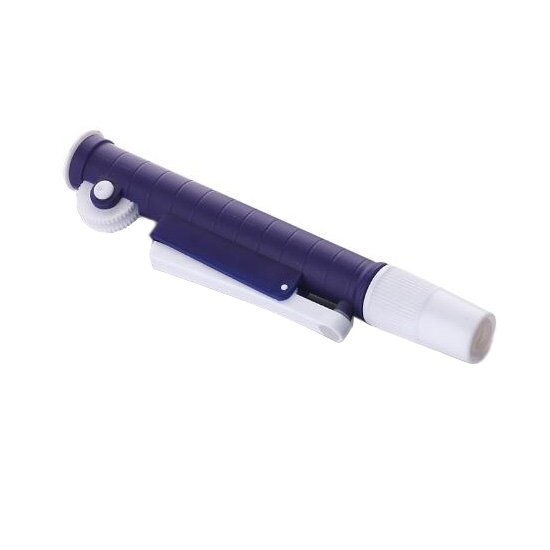Pipettes are essential laboratory instruments widely used for precise measurement and transfer of small volumes of liquid. They are indispensable in a variety of scientific disciplines, including biology, chemistry, and medical research, where accurate liquid handling is crucial for experiments and analyses. A pipette allows researchers to extract a known volume of liquid from a sample and transfer it to another container with high precision. Given their importance in obtaining reliable results, pipettes are designed with precision and ease of use in mind.
Typically, pipettes consist of a handle, a plunger mechanism, and a disposable or reusable tip. The mechanism works by creating a vacuum that draws in the liquid, allowing the user to dispense it accurately. Various models are available, each suited to different volume ranges and applications. Ensuring proper pipette calibration and technique is essential to avoid errors, as even slight deviations in liquid handling can significantly impact experimental outcomes. In this blog, we at TOOL website will provide you with a complete price list of available pipettes, hoping it will be helpful to you.
Pipette Price List
(For the most up-to-date prices of each product, please visit our website and refer to the actual listed prices.)
Types of Pipettes
Pipettes come in several different types, each designed for specific applications and liquid volumes:
-
Manual Pipettes: These are the most commonly used pipettes, operated by hand. They come in different sizes and are ideal for small to medium volumes, ranging from 0.1 µL to 10 mL. Manual pipettes are widely used in laboratories for tasks such as transferring small amounts of reagents, preparing solutions, and performing serial dilutions.
-
Electronic Pipettes: Electronic pipettes are similar to manual pipettes, but they feature a motorized mechanism that automates the pipetting action. They are often used for repetitive pipetting tasks to reduce user fatigue and increase accuracy. Electronic pipettes can handle a wide range of volumes and often include programmable features for greater precision.
-
Positive Displacement Pipettes: Unlike traditional air-displacement pipettes, positive displacement pipettes have a mechanism that physically contacts the liquid, making them suitable for highly viscous or volatile liquids. This type of pipette ensures a more accurate transfer when dealing with such challenging substances.
-
Multichannel Pipettes: These pipettes have multiple channels that allow for simultaneous dispensing of multiple samples. Multichannel pipettes are used when handling a large number of samples in parallel, such as in high-throughput screening or microplate assays.
-
Graduated Pipettes: These are typically used for larger volume transfers, ranging from 1 mL to 100 mL or more. Graduated pipettes have markings along the length of the tube to allow for more precise measurements, and they are often used in chemistry labs for preparing solutions.
Applications of Pipettes
Pipettes are used across a broad spectrum of laboratory applications. In molecular biology, pipettes are essential for tasks like DNA/RNA extraction, PCR setup, and enzyme assays. In chemistry, they are used for titrations, solution preparation, and sample dilution. In medical laboratories, pipettes play a crucial role in blood tests, serum analysis, and immunoassays. Additionally, they are often employed in environmental testing, food safety analysis, and pharmaceutical development.
The choice of pipette depends on the specific requirements of the task. For example, researchers performing PCR or enzyme-linked immunosorbent assays (ELISA) may use smaller, more precise pipettes for accurate reagent measurement, while those conducting large-volume solution preparations might opt for a larger graduated pipette or an electronic pipette for consistency and efficiency.
How to Choose the Right Pipette
When selecting the appropriate pipette for your needs, several factors must be considered to ensure precision and efficiency:
-
Volume Range: The pipette should be chosen based on the volume of liquid you need to handle. Pipettes come in different volume ranges, with each model designed for specific applications. For example, if you need to transfer very small volumes, a micropipette with a range of 0.1 µL to 10 µL is ideal. For larger volumes, a manual or electronic pipette with a higher range, such as 1 mL to 10 mL, would be more suitable.
-
Accuracy and Precision: The accuracy and precision of a pipette depend on its design and calibration. It’s essential to select a pipette that meets the required specifications for your experiments. For high-precision tasks, such as PCR or delicate chemical reactions, using a pipette with a low error margin is crucial.
-
Liquid Properties: If you work with viscous, volatile, or corrosive liquids, you may need a specific type of pipette, such as a positive displacement pipette, which offers better handling of such substances without compromising accuracy.
-
Ergonomics and Comfort: Since pipetting can often involve repetitive motions, choosing a pipette that is comfortable and easy to use can reduce user fatigue and prevent errors. Electronic pipettes can be particularly useful for repetitive tasks as they reduce the physical strain associated with manual pipetting.
-
Budget and Maintenance: Consider the cost of the pipette and its long-term maintenance needs. Electronic pipettes and multichannel pipettes tend to be more expensive than manual pipettes but may offer improved functionality for high-volume or repetitive tasks. Additionally, ensure that the pipette you choose can be calibrated easily and is compatible with the disposable tips you plan to use.
In conclusion, selecting the right pipette depends on the specific application and the volume of liquid you need to handle. By considering factors such as accuracy, liquid type, and ergonomic design, you can choose the pipette that best suits your laboratory needs, ensuring precision and reliability in your research or testing.





